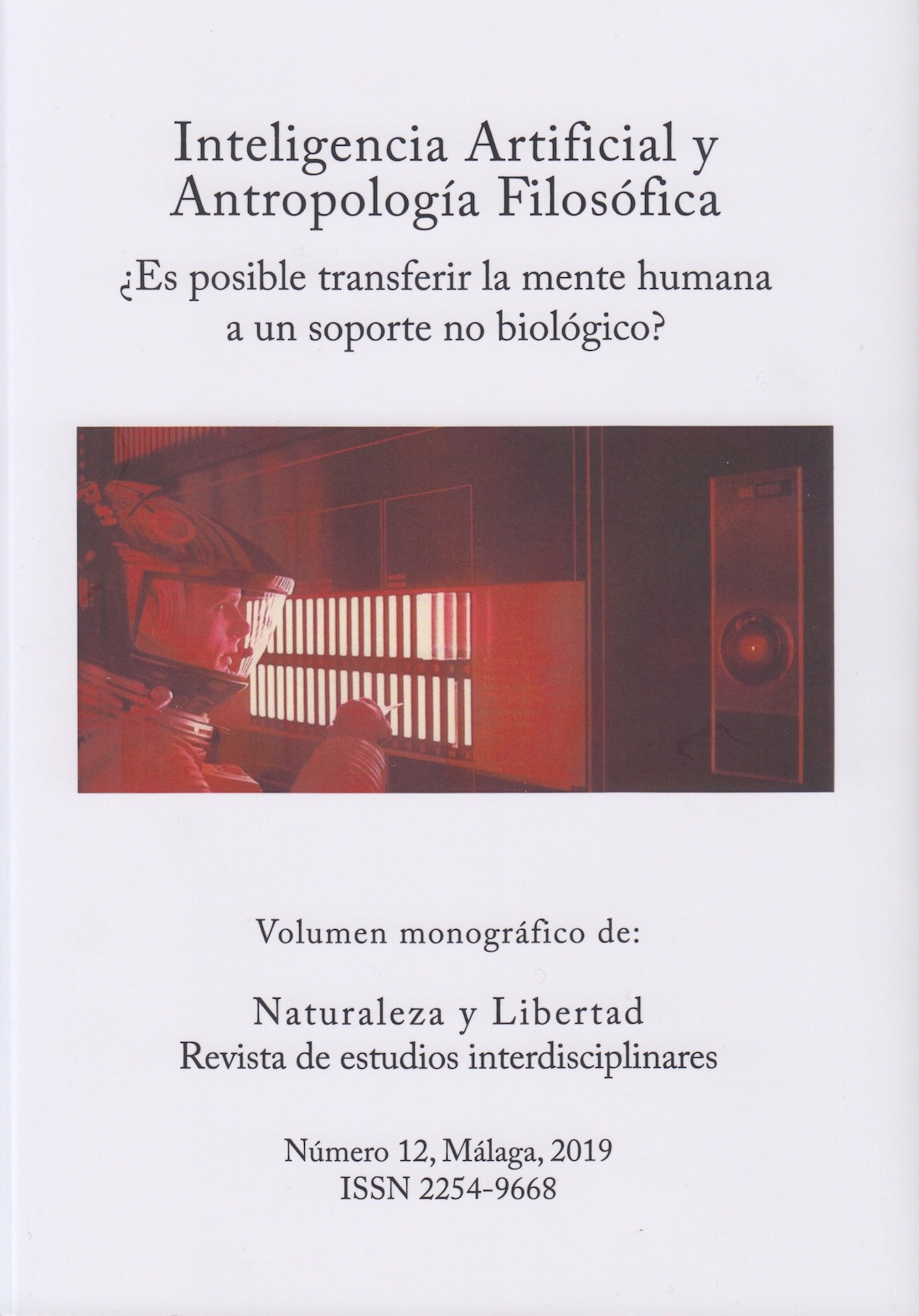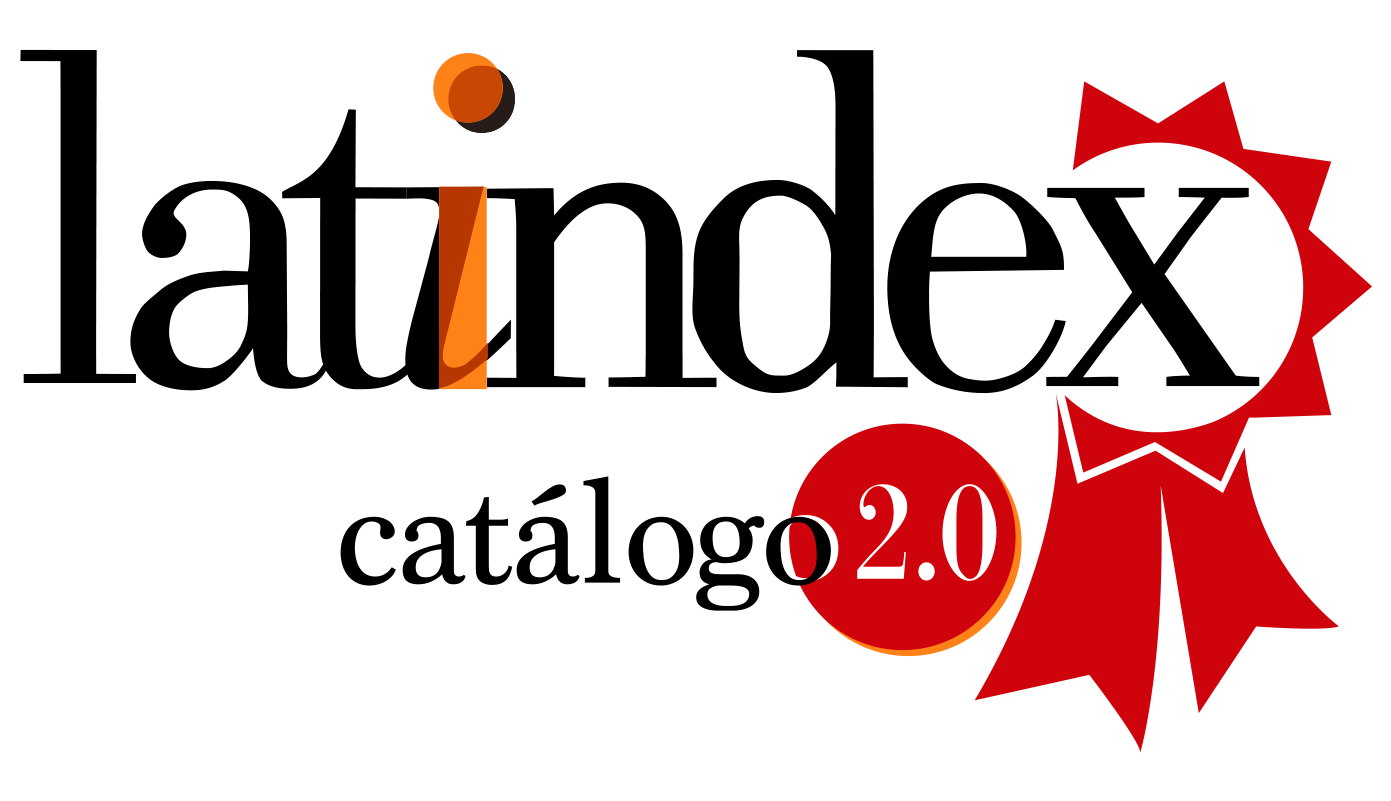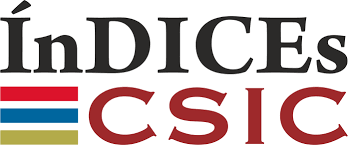Técnicas de programación "deep learning": ¿simulacro o realización artificial de la inteligencia?
DOI:
https://doi.org/10.24310/NATyLIB.2019.v0i12.6274Keywords:
aprendizaje automático, aprendizaje profundo, alteración, ensimismamiento, actividad intelectual,Abstract
Se expone y critica el concepto de «aprendizaje máquina», dilucidando la naturaleza, alcance y límites del concepto de aprendizaje aplicado a los algoritmos. La actividad que realizan estos se entiende orteguianamente como «alteración» y al aprendizaje humano se lo entiende necesitado de la facultad de «ensimismamiento». Como la máquina carece de esta facultad, la estupidez es siempre co-programada con el algoritmo.Downloads
Metrics
References
R.-A. Brooks, «Intelligence without representation» en .https://people.csail.mit.edu/brooks/papers/representation.pdf
J. Choza, Manual de antropología filosófica, Madrid, Rialp, 1988.
D. Dennett, «Artificial Intelligence as Philosophy and as Psychology», en Philosophical Perspectives in Artificial Intelligence, 1979.
D. Hofstadter «Analogy as the core of cognition» en Dedre Gentner et alia, The analogical mind: Perspectives from cognitive science, 2001.
M. Minsky and S. Papert, Perceptrons: An Introduction to Computational Geometry, The MIT Press, Cambridge MA, 1972 (2ª ed.; 1ª: 1969).
M.G. Netea, et alia «Trained immunity: A program of innate immune memory in health and disease», Science vol. 352, nº 6284, Abril 2016.
J. Ortega y Gasset, «El hombre y la gente» en Obras completas, Madrid, Alianza, 1983, Vol. VII.
R. Penrose, La nueva mente del emperador, Madrid, Mondadori, 1991.
J. Searle, Mentes, cerebros y ciencia, Madrid, Cátedra, 1985.
A. Turing, «Maquinaria computacional e inteligencia», traducido por Cristóbal Fuentes, 2010, versión digital en http://xamanek.izt.uam.mx/map/cursos/Turing-Pensar.pdf p. 19.
R. Wigglesworth, «Trading algorithms bring benefits but fears of accidents grow» en Financial Times, 1 de junio de 2016. Versión online: https://www.ft.com/content/ 87abe568-00c3-11e6-99cb-83242733f755
Downloads
Published
How to Cite
Issue
Section
License
Those authors who have publications with this journal, accept the following terms:
1. Copyright and licensing information are clearly described on the journal’s web site: all content published in Naturaleza y Libertad is open acces without limit, and are subject to the Attribution-NonCommercial-ShareAlike 4.0 International (CC BY-NC-SA 4.0) license. The full text of which can be consulted at https://creativecommons.org/licenses/by-nc-sa/4.0/
2. It is the responsibility of the authors to obtain the necessary permissions for the images that are subject to copyright. The authors whose contributions are accepted for publication in this journal will retain the non-exclusive right to use their contributions for academic, research and educational purposes, including self-archiving or deposit in open access repositories of any kind. The electronic edition of this magazine is edited by the Editorial de la University of Malaga (UmaEditorial), being necessary to cite the origin in any partial or total reproduction.
3. This journal allows and encourages authors to publish papers on their personal websites or in institutional repositories, both before and after their publication in this journal, as long as they provide bibliographic information that accredits, if applicable, your posting on it.
4. In no case will anonymous papers be published.





18.png)













